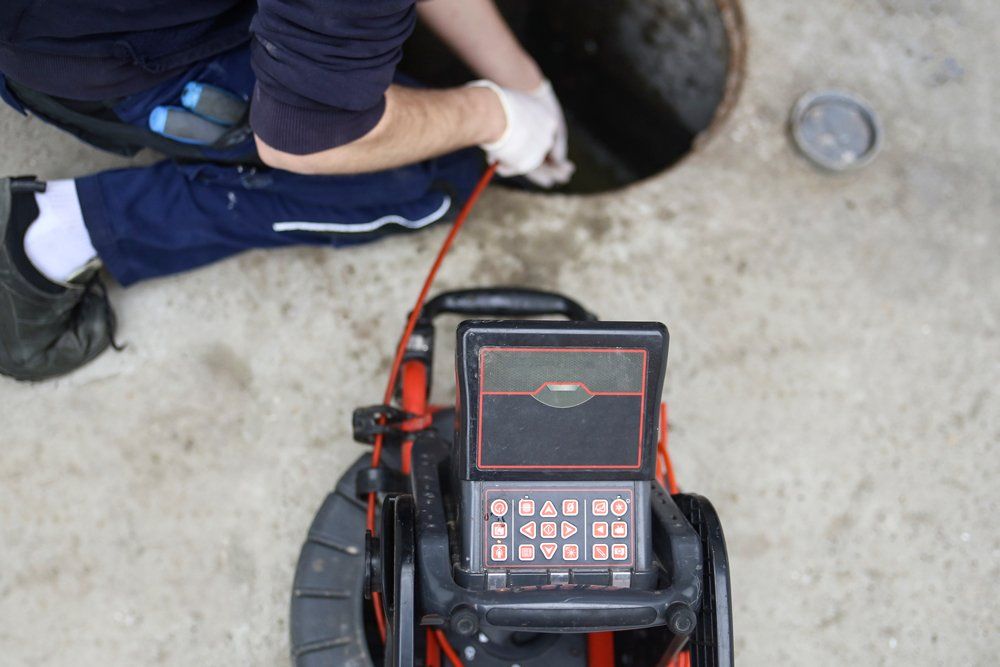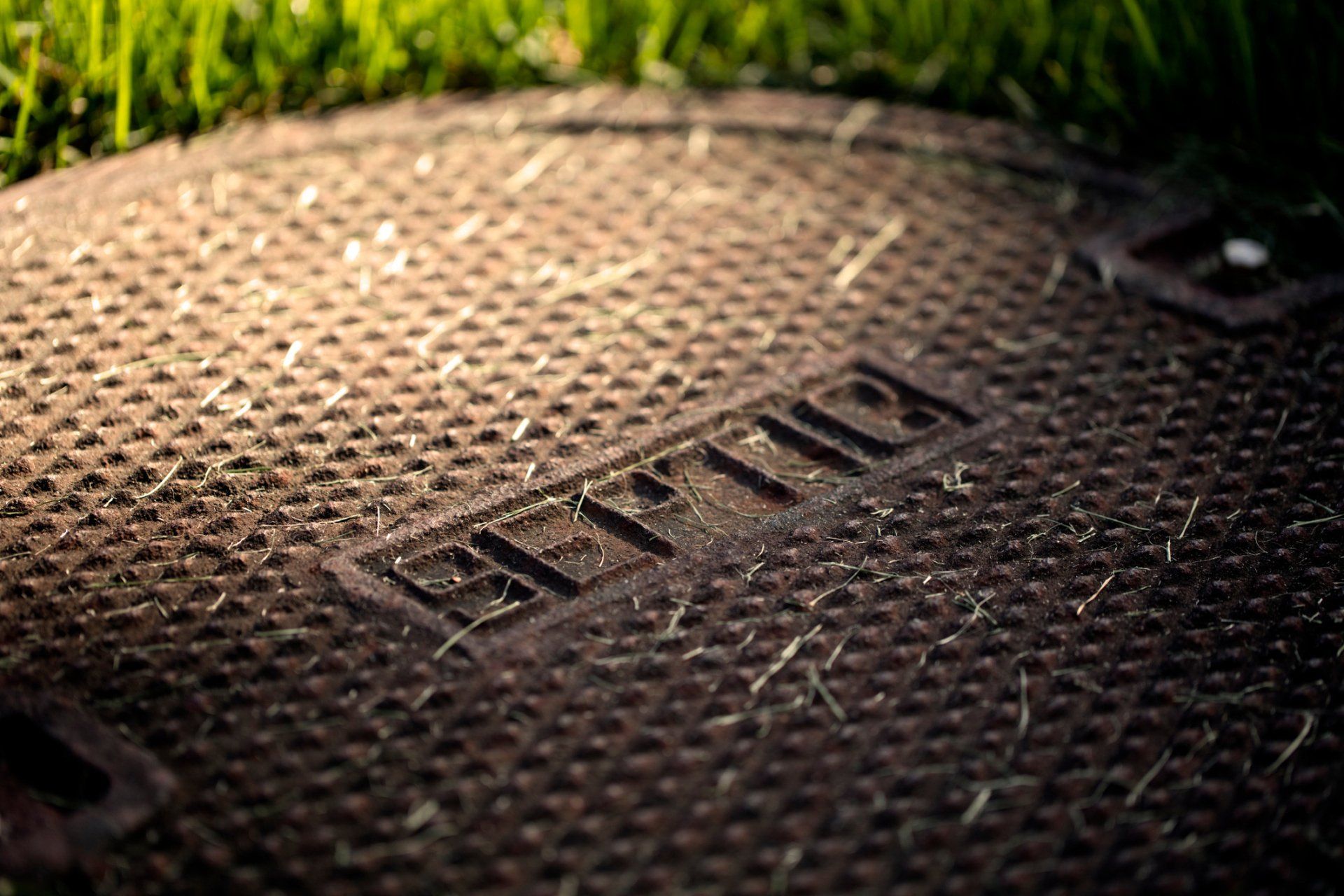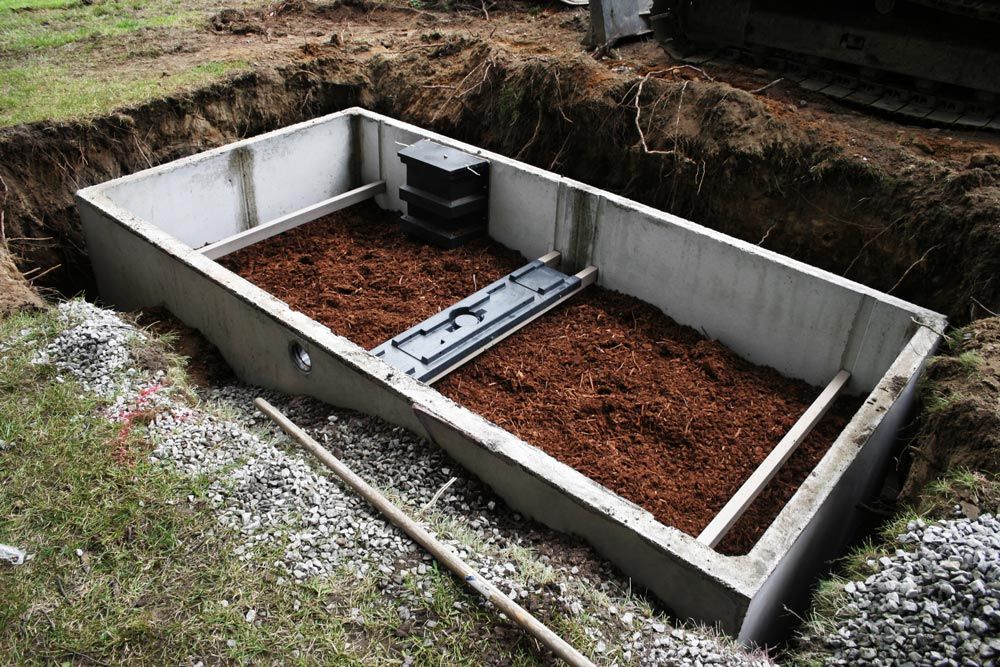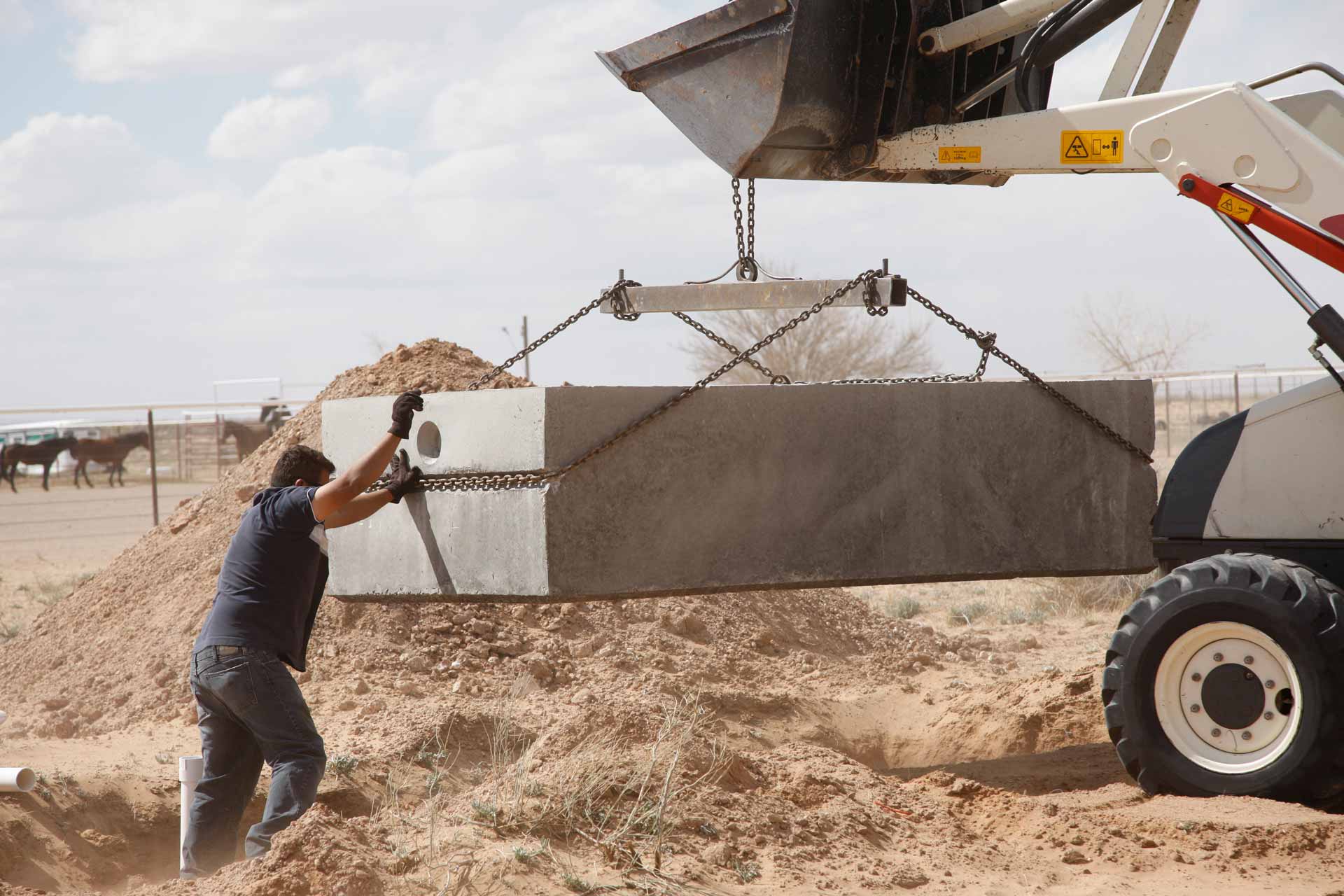Fundamental Tips for Promoting Safety Around Septic Tanks
Septic systems require regular monitoring, inspection, and servicing for stable, long-term function and performance. However, these structures present considerable safety risks to people around them. If an inexperienced homeowner attempts to handle the maintenance work, they could expose themselves and others to danger.
Consider these critical tips for promoting safety if you have a septic tank system on your residential property.
Understand the Structure
The lack of knowledge on the structure of a septic system leads to unsafe situations for residents. For instance, children might run around dangerous areas if no one knows the location and anatomy of the treatment setup. If you have the original design plans for the system, evaluate them and identify the placement of the septic tank.
Alternatively, check the details with the former property owner or consult a septic specialist. Mark the location of the tank cover for future reference. Keep in mind that most accidents occur around the tank area. For example, children and curious adults might lift the tank cover and fall in. The inhalation of the dangerous fumes from the container could also cause suffocation.
Moreover, a weak septic tank cover could break and leave the waste receptacle open. When marking the area, take note of potential dangers and plan for repairs. The tank, the drain field, and the connected pipes for effluent are vulnerable to damage if they are exposed to pressure. For example, the weight of a car or truck could break the piping.
The damage will lead to the indiscriminate release of wastewater to the property. This material contains harmful microorganisms capable of causing disease and dangerous infections. Therefore, check the location of these components and prevent unnecessary movement around these areas.
Prevent Fire and Explosions
The decomposition of waste in a septic tank causes the release of methane. This gas is highly explosive. When inspecting or checking up on your treatment system, avoid handling open flames. Prohibit smoking near the tank, even when the tank is closed. A single spark could trigger an explosive fire and cause burns and other injuries. Use a flashlight if illumination is required.
Isolate Dangerous Areas
If you identify a problem during an inspection, isolate that area. Do not attempt a detailed evaluation of the septic system or try DIY repairs. Instead, secure the danger zone with a rope and prevent access until a specialist can assess the problem further. Some of the common dangers associated with septic tanks include collapsed tanks, damaged tank covers, and cesspools.
Know Safety Practices
When working on or around a septic system, uphold the best safety standards possible to minimize the danger. For instance, avoid being alone close to the septic system. The noxious fumes from the tank can overwhelm and cause unconsciousness in the dangerous area. Any person working on the tank must use the right breathing apparatus for limiting methane inhalation.
Ventilation is crucial around the tank to prevent the build-up of methane. Make sure that no blockages compromise airflow around the tank. If a companion with you falls into the tank, do not attempt to rescue them unless you are experienced and have the appropriate gear. Instead, contact local emergency services and use a fan to ventilate the area from the top of the tank.
Other important safety practices include avoiding entering the tank, never leaning over the tank, checking for electrical hazards, and watching out for the dangers of leaking waste.
Choose Professional Help
Septic inspection, maintenance, and servicing are difficult and dangerous tasks. An inexperienced person could sustain injuries, and fatalities could occur. Therefore, if you are planning for a tank cleaning, a tank pumping, or general repairs, contact us at Pete's Outflow Technicians for professional and affordable assistance.








